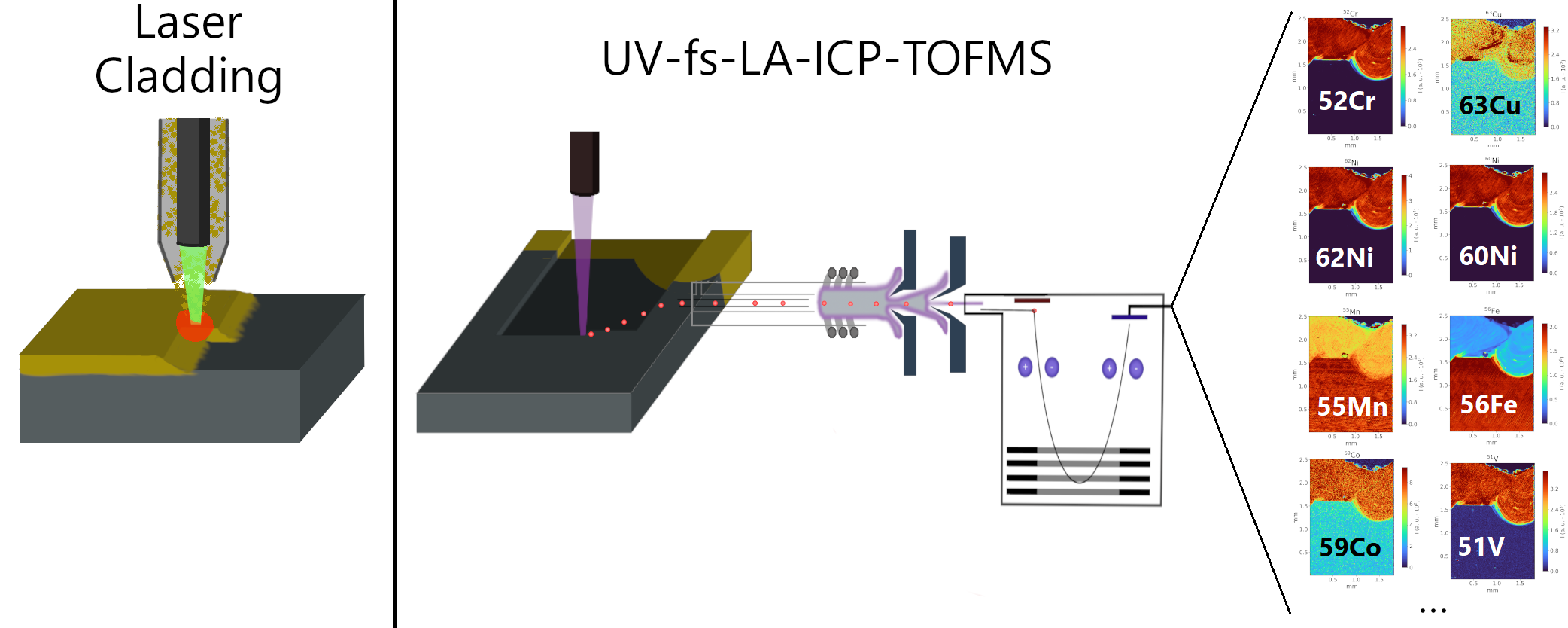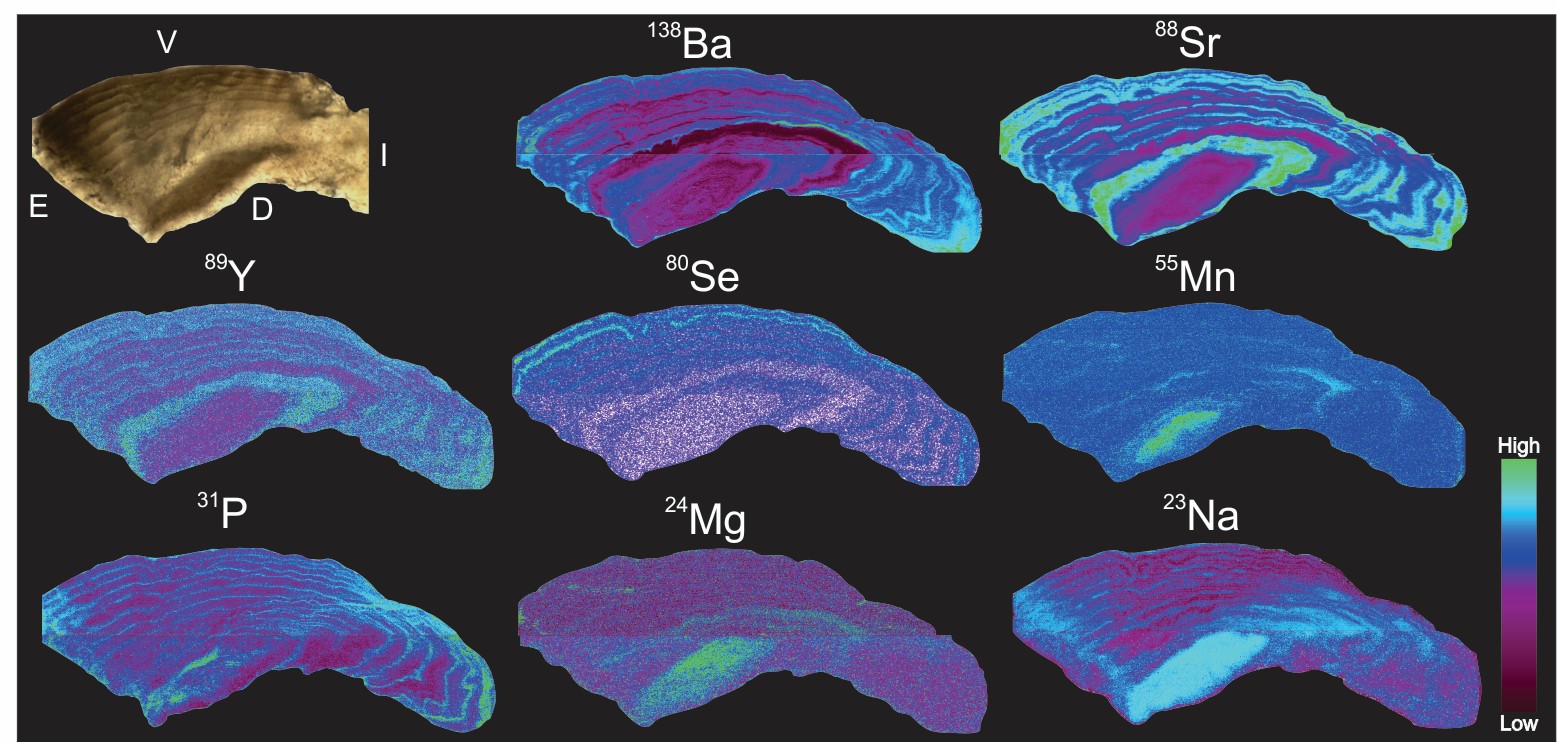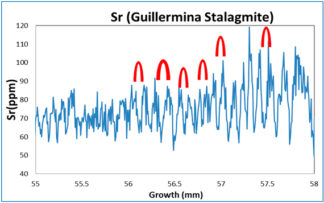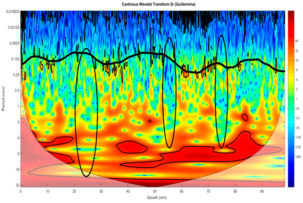
Laser Ablation Inductively Coupled Plasma Mass Spectrometry
Laser ablation inductively coupled plasma mass spectrometry (LA-ICP-MS) has evolved into a well-established technique for both fast qualitative and quantitative elemental mapping, characterized by high lateral resolution (micrometers) and high sensitivity. A pulsed laser (e.g., ns or fs) is employed at a certain repetition rate (typically > 10 Hz), with the sample-mounted stage moving beneath the laser beam, operating in a laser raster mode. The laser-induced aerosol is transported from a sealed ablation chamber to the ICP-MS using a continuous flow of inert gas, such as helium. Wash-out times for conventional low-dispersion laser-ablation cells are in the order of tens of ms, although recently developed ultra-fast response cells have been able to reduce the duration of individual LA signals to less than ms




